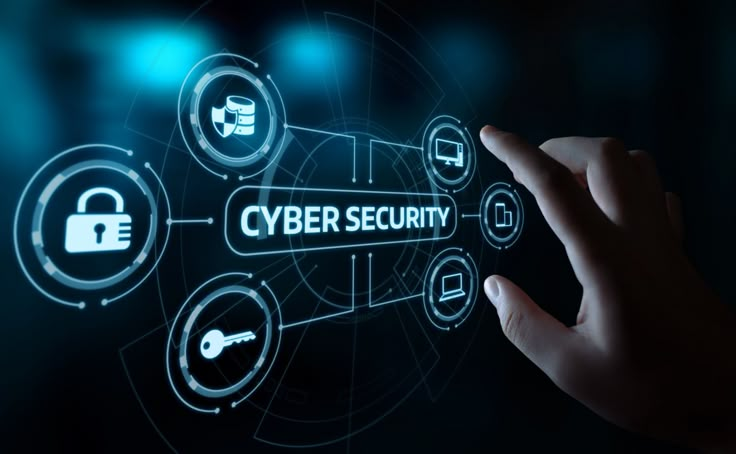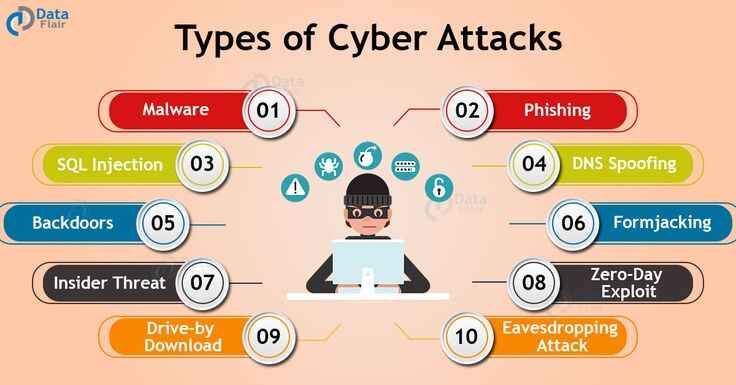Imagine waking up and finding your savings – not from a robbery, but from a quiet attack that came online. When our lives quickly becomes digital, the risk of virtual dangers becomes more real. These threats are not limited to large companies or authorities. Every day users are just as weak, even without feeling.
What It Means in the Digital World
This type of Cybercrime involves unlawful actions carried out using computers networks or digital systems. Unlike traditional theft or fraud it doesn’t require physical access. Everything happens in the virtual space often from continents away. In one of the most talked-about incidents a ransomware attack on a major fuel supplier in the U.S. disrupted services and caused widespread panic. But these attacks aren’t rare anymore. Millions face similar threats daily losing personal data or money to cleverly disguised scams.
Those who carry out such digital offenses come from various backgrounds. Some are lone hackers experimenting with systems while others belong to organized groups with financial or political motives. Regardless of who’s behind it the damage is real.
Common Threats Cybercrime in the Digital Landscape
Many crimes in the online radius begin with deception. Scammers often copy users to trick users to reveal sensitive details to mimic reliable institutions through false e -post messages or clone pages. This leads to theft of identity where personal data is abused to open bank accounts or apply for credit in the name of someone else. Then there are intruders where hackers gain access to individual or organizational systems without permission. This burglary often does not notice anyone until significant damage is done-it is loss of data or spying on private communication. Another growing anxiety is the use of malicious software.
When installed on one device, these programs can perform the information slowly or lock users until ransom is paid. Such attacks can be triggered by clicking on a simple download or infected link.
There is also a hidden layer on the Internet that is not regularly indexed by the search engines that are usually referred to as a dark network. There is an underground network where illegal goods stolen data and digital tools are often traded among named users.
Why It’s Hard to Stop

There is a great obstacle to dealing with these dangers. Criminals can start an attack from a country, while another person can target individuals or systems while working on legal stage complexes and slowly. They also use encrypted tools and platforms that hide their identity. Many enforcement agencies still require advanced technology and expertise to track someone through layers of hidden networks. Perhaps the biggest problem is that people often do not feel that they have been hit by much later. A small unauthorized transaction is a slightly slow unit – this can be a sign of very deep problems that do not take into account anyone until the biggest damage has occurred in the past.
The Impact Cybercrime on People and Institutions
These attacks for individuals often cause financial loss and fear of uncertainty online. It takes time to fix damage, and in some cases the victims are never completely cured. Companies are facing even more results. A single data leak can destroy the confidence of years and give rise to serious financial errors. Some companies never bounce back. Governments are also not exempt. Attacks on national infrastructure – such as the transport system or the health care database – can have serious consequences for public safety and stability.
How can you be safe
Consciousness is the first and most effective defense. Identifying warning signs such as login or suspected links to the site can help prevent immediate damage to the e -mail potential. It is also important to install and update security software on all devices. Even basic programs can detect and block many dangers before causing losses. Using strong unique passwords and activating two-integrated authentication adds an extra layer of protection. This may seem impractical, but it significantly reduces the possibility of unauthorized access. Remember what you post online. Details of your full name date for birth or current location can be used when combined with other public information especially against you.
Spread of consciousness and education
It is important to educate yourself and others. Schools should teach digital security as traditional safety rules. Common sessions about online dangers and safe workplaces should be compulsory. Creating a culture where it is normal to question e -mail, check the URL and report suspicious activity, a long way to reduce incidents.
How Attacks Happen
These aren’t always high-tech crimes. In many cases the initial step is simple—sending a phishing email to thousands of users. Just one click can give an attacker access to a victim’s device or network. From there they might install spyware extract information or even lock the system until payment is made. Each step is calculated and often goes unnoticed until it’s too late. But with better habits and awareness such attacks can often be avoided or stopped early.
Conclusion
The digital world is full of opportunities – but also danger. As technology continues to move on, people who want to abuse it. Staying safe is not about being afraid of the internet; It’s all about getting ready. Being vigilant and informing your data online is still powerful steps. Think about it as locking your front door – basic, but necessary.


